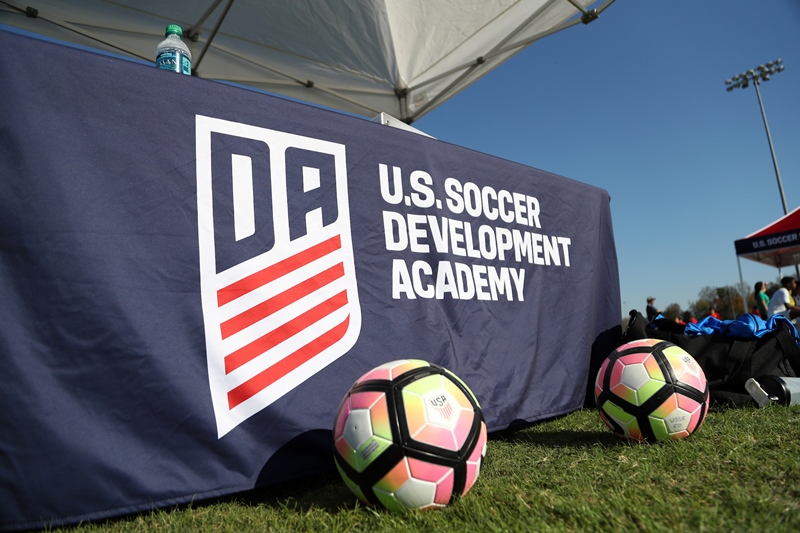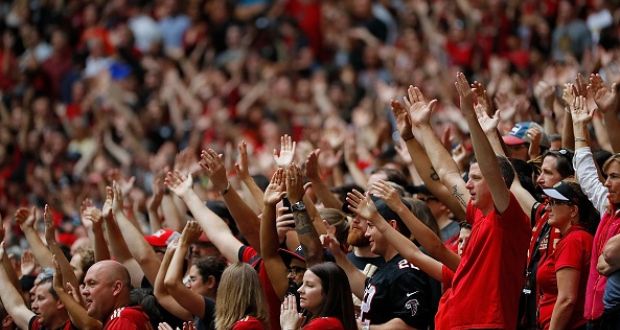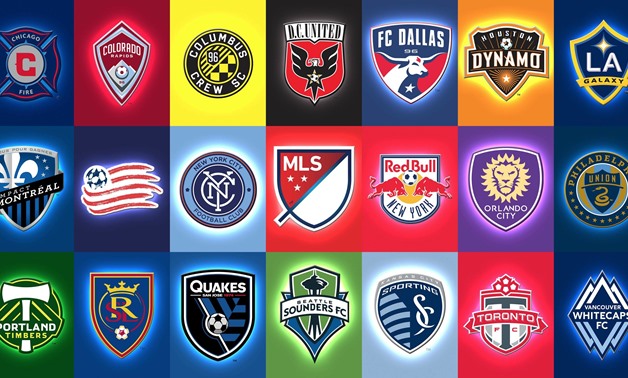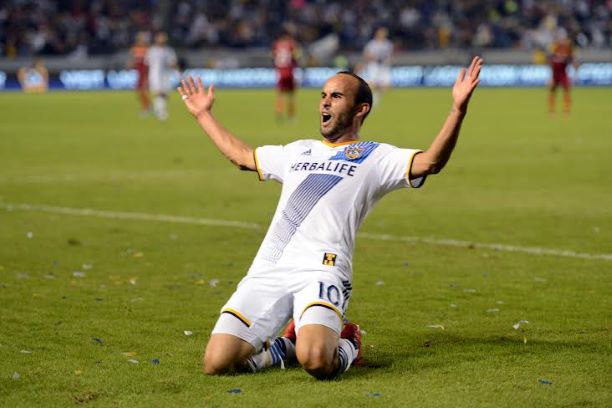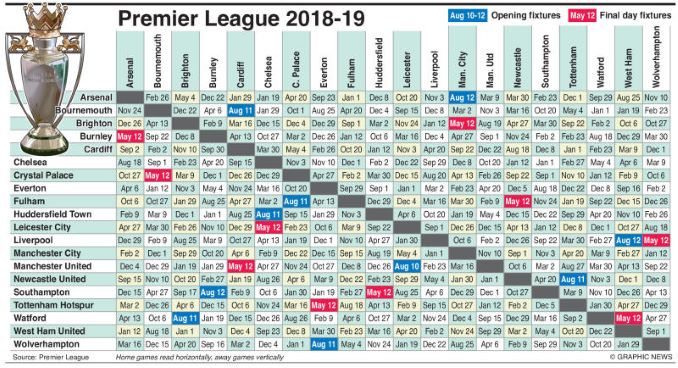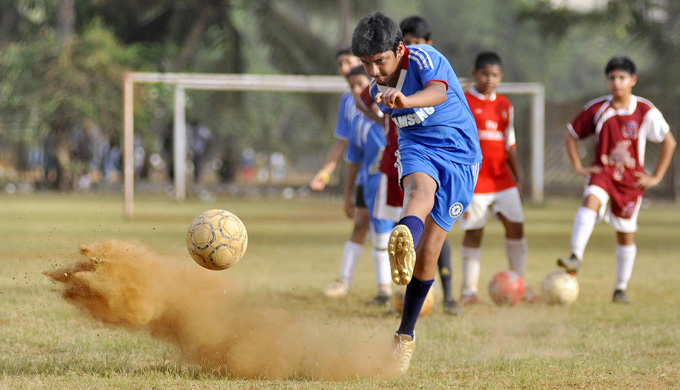The U20 World Cup’s South American Contingent
The U20 World Cup’s South American Contingent


Ten years after FIFA’s premier youth competition was held on South American soil, the U20 World Cup returns to the continent as the best twenty-four teams in the world converge on Colombia. The tournament provides a stage for some of the brightest young talents in world football to show their skills and compete for a chance at glory. Many of these stars form a part of the South American delegation. After an exciting South American Youth Championships earlier this year, Argentina, Brazil, Ecuador, and Uruguay gained the right to join hosts Colombia as the continent’s representatives. Here’s a look at what they will bring to the event.
Colombia
The hosts of this year’s competition come into the competition riding on a curious wave. They impressed in the early stages of the South American Youth Championships, but then collapsed spectacularly in the latter rounds. That disappointment was followed by a slightly modified squad winning this year’s edition of the Toulon Tournament. The amalgamation of the personnel between the two competitions will be looking to make a significant mark on the U20 World Cup in their own back yard.
Curiously, two of their more promising prospects, attacking midfielder Edwin Cardona and striker Andrés “Manga” Escobar, did not make the cut. Nevertheless, coach Eduardo Lara commands a gifted group of youngsters. Michael Ortega played second fiddle to Cardona before, but now he takes the spotlight. He is not a dynamic attacking midfielder like Cardona, but rather a paradigm of the old school, contemplative South American playmaker. Sebastián Arias at rightback is the standout in the back four. His composure in both the defensive and attacking phases of play is already at a high level for a player of his age. Further up the pitch lies the tricky second striker Fabián Castillo. His combination of pace and mazy dribbling will be a worry for any defense. The undisputed star of the squad though has to be James Rodríguez(pictured). The twenty year old Porto sensation was the driving force behind the triumph in the Toulon Tournament. Now he will look to repeat that campaign on a bigger stage. Generally, Colombia tend to lean towards a reactive approach to their play. Success in the final third will depend on the association between the trio of Ortega, Rodriguez, and Castillo. With home support behind them, an extended run is certainly not out of the question.
Uruguay

The recent renaissance in Uruguayan football has not passed by the U20 setup. Their second place finish in qualifying means that Uruguay will participate in Olympic football for the first time since 1928. In fact, a draw in their last game would have secured first place, but instead they were thrashed by Brazil. The key to their achievement was the existence of a defined team structure to complement that famous garra charrúa spirit.
However, the team is not without stars, the brightest of which is not in attack, but in defense. This player is Uruguay’s captain and left back Diego Polenta(pictured). From this position he is not only a defensive rock, but he also dashes forward to instigate attacks, and score the odd goal. This keen attacking instinct combined with his defensive solidity means that in most games Polenta is the master of the left flank. He is equally as comfortable playing as a left midfielder. Another potential diamond in the rough is Adrián Luna. The winger may not be blessed with blinding pace but his dribbling, pinpoint crosses, and deadly free kicks make him a potent weapon. Pablo Ceppelini in central midfield is Uruguay‘s main man in that zone. The strong defensive presence he provides is accompanied by a decent range of passing, and an ability to support the attack at the right moments. Up front the absence of striker Sebastián Gallegos will be felt, but Federico Rodríguez should deputize for him well.
Defensive solidity will be the key feature of Uruguay’s style along with an emphasis on wing play. That will certainly be enjoyable to watch with the rampaging Polenta on the left wing complemented by Luna’s trickery on the right. Uruguay’s attempt to equal and then to surpass the appearance in the final of the U17 World Cup by their younger counterparts begins against Portugal in Cali.
Ecuador

Ecuador grabbed the last available spot to secure a place in this summer’s tournament. On the surface that may conjure an image of a desperate crawl over the finish line, but it was far from it. Some wayward finishing was the only obstacle between them and a higher finish. The Ecuadorian defense cut a stark contrast to their profligacy in front of goal. The team boasted the best defensive record of any South American team in qualifying as they conceded only five goals in nine games.
Central to this impressive record was the form of John Jaramillo(pictured) in goal. The young goalkeeper was one of the two outstanding players in his position who emerged from the South American Youth Championships. In front of Jaramillo is centerback Dennis Quiñonez. He is a cultured defender with a remarkable reading of the game, and an ability to pass the ball well. The link between attack and defense is provided by the well-rounded talent of Fernando Gaibor in the center of midfield. Just ahead of him is the creative hub of the team, Juan Cazares. The skillful playmaker dictates the passing rhythm from his attacking midfield role. The attack will be led by two vastly different characters. One is Edson Montaño who is built like a montaña (mountain). The chunky striker was not a part of Ecuador’s opening games in qualifying, but he was drafted in as an attempt to solve their scoring problem. In addition to scoring some goals, his presence as a focal point in the attack improved Ecuador‘s performances. Montaño may not be the most elegant or mobile figure on the ball, but he plays the role of a target man well. The other name to note in that position is Marlon de Jesus. The speedy striker may be more famous for his contribution to the worst misses of all time, but he does have the ability to score goals and to keep defenses on their toes.
One may think that Ecuador are a defensive, counter-attacking side, but this isn’t the case. In possession they will look to play an intricate, patient passing game. A lack of ideas in the final third is a constant plague, but when everything clicks, Ecuador’s football is a beauty to behold. Of course, that still leaves the small matter of putting the ball in the back of the net. If Ecuador manages to increase their proficiency in this phase of play then they will provide a stiff challenge for any team.
Argentina

The most successful team in the world at the U20 level has been underperforming lately. After failing to make the last U20 World Cup they labored to third place in qualifying this time around. The constant changing of the starting eleven made it hard to establish a team structure. That meant that it was individual rather than collective brilliance that was the primary component of good performances. The chief source of any goog that Argentina produced was the elegant American-born attacking midfielder Michael Hoyos.
Although Hoyos is not apart of the squad for the U20 World Cup, Argentina need not worry. The man drafted in as his replacement is a significant upgrade. Erik Lamela was left out earlier in the year because River Plate couldn’t afford to lose him. Now the new AS Roma playmaker is now ready to spearhead his country’s bid for a record seventh U20 World Cup title. His supporting cast isn’t too shabby either. Juan Manuel Iturbe - otherwise known as the Paraguayan Messi - will have a significant role to play in Colombia. He was used sparingly in the Youth Championships, but after his eye-catching displays for Cerro Porteño in the Copa Libertadores, it is difficult to see him absent from Argentina’s lineup. Beyond these two players Banfield’s in-form striker Facundo Ferreyra is expected to lead the line. Looking further back three keys name stand out. Two belong to the promising duo of midfielder Rodrigo Battaglia and rightback Hugo Nervo, but the third is arguably just as important as the presence of Erik Lamela on the squad sheet. Esteban Andrada prowess in goal was only matched by John Jaramillo of Ecuador during qualifying. Time and time again he saved Argentina with some truly spectacular saves. A good showing from the young goalkeeper will be vital to Argentina’s hopes in the competition.
The most pressing issue for Argentina is to find the organization that will best allow the immense talent in the team to be expressed fully. If their search is futile then an early exit will not be a huge surprise. However, a successful quest will make the young Argentines fearsome opponents.
Brazil

Like Argentina, Brazil qualified without really expressing the full potential of the names on the team sheet. That is saying a lot about the untapped potential in the team when they still finished as top dogs in South America. When the young Brazilians did manage to click, they offered a glance at the monstrous beast that was waiting to be unleashed. For the most part though, the focus was on individuals, with two in particular sticking out. Neymar and Lucas Moura were the stars at the start of the year, but the duo is missing from the squad headed to Colombia. That means that other players will have to step up to lead from the front.
There isn’t exactly a shortage of names to take hold of this responsibility. Inter Milan’s Coutinho is in the squad after missing out on the qualifying stage through injury. His skill set is just what is needed to fill the void left by Neymar. attacking midfielder Oscar is another player to keep on the radar. After cementing himself as a starter for his club, he will be looking to show his worth at this level after some disappointing displays previously. Yet another notable name in the attack is Willian who is the prime candidate to start as Brazil’s center forward. The São Paulo teenager has a completeness to his game that few strikers at his age possess. At the back, Juan is the bedrock of the defense. Then there is the trio of Alex Sandro, Alan Patrick, and Danilo who are already Copa Libertadores winner. In addition to all these names, there is one that can not be omitted. The man who will hold the team together is Casemiro (pictured). The midfield dynamo tackles, starts attacks, and scores goals with his lung-bursting runs from deep. He is a one man army in the middle of the park. It is truly a formidable group of players that Ney Franco has at his disposal.
The coach’s biggest challenge will be finding the correct balance of the team that will all maximize the talent on the field. Brazil’s defense capability is not an issue, but their fluidity in attack is a slight worry. It may have been papered over during qualifying, but the problem will be more pronounced at this level. If this can be fixed, a repeat of the appearance in the final from two years ago may be on the cards. This time with a more pleasant ending.

